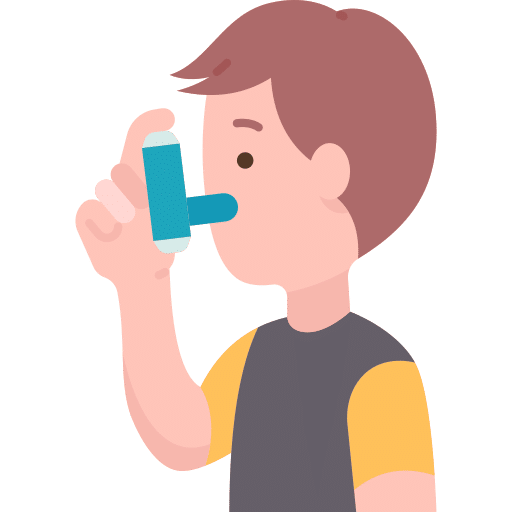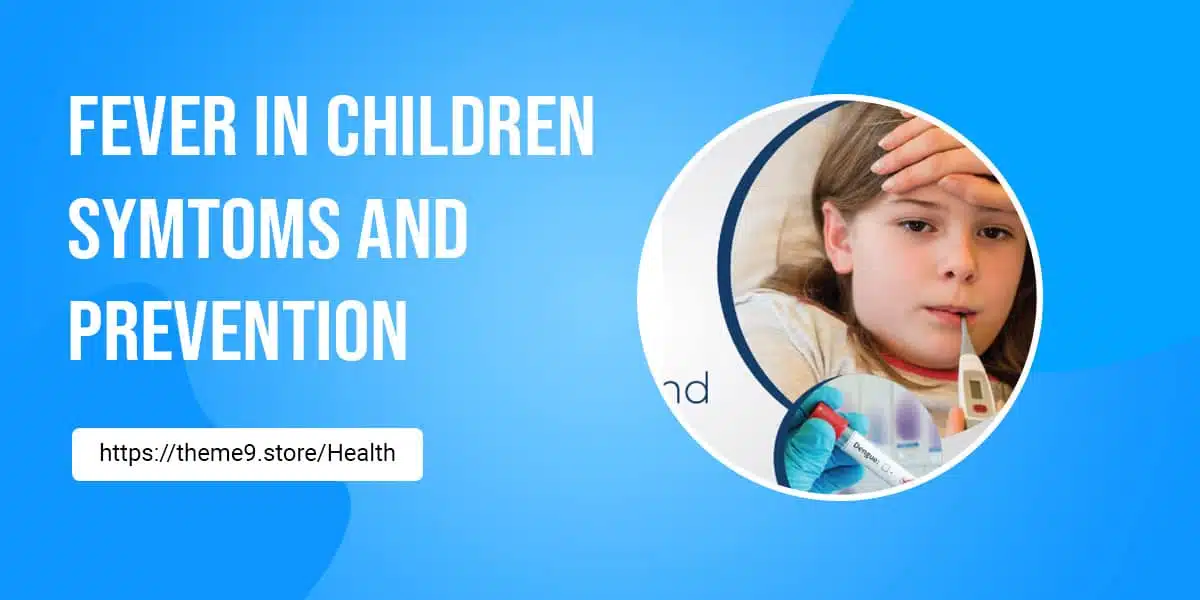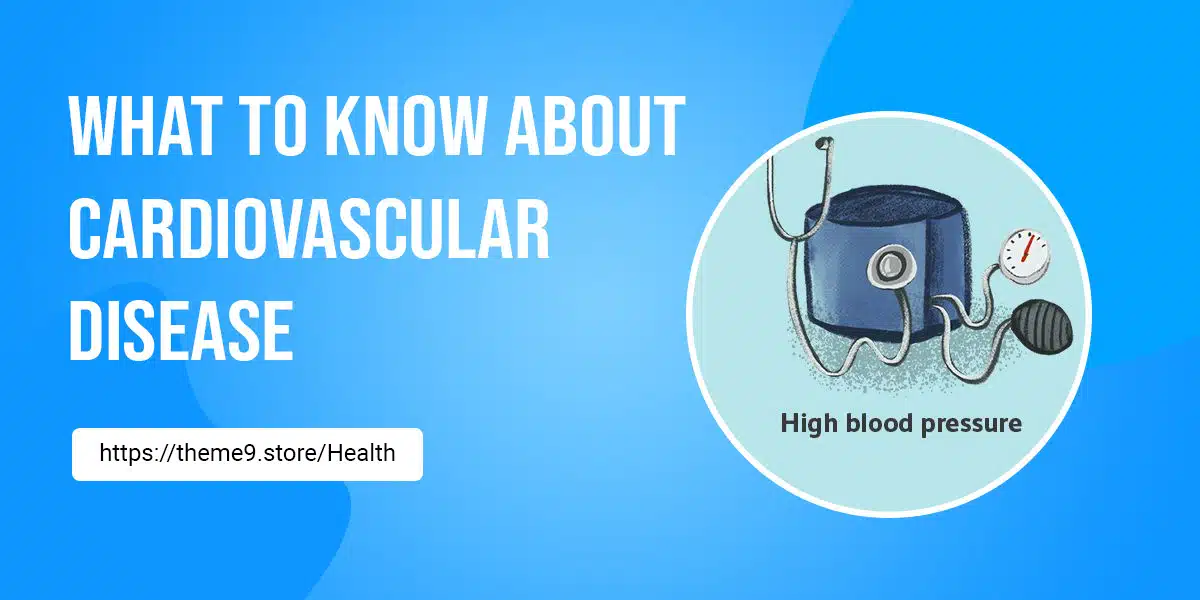It can be extremely worrying if your child has a high temperature. But it’s very common and often clears up by itself without treatment.
A quick and easy way to find out whether your child has a fever is to take their temperature using a thermometer.
What causes a high temperature?
Most fevers are caused by infections or other illnesses. The high body temperature makes it more difficult for the bacteria and viruses that cause infections to survive.
Common conditions that can cause fevers include:
- upper respiratory tract infections (RTIs)
- flu
- ear infections
- roseola – a virus that causes a temperature and a rash
- tonsillitis
- kidney or urinary tract infections (UTIs)
- common childhood illnesses, such as chickenpox and whooping cough
Your child’s temperature can also be raised after vaccinations, or if they overheat because of too much bedding or clothing.
When to seek medical help
Phone 999 if your child:
- has a stiff neck
- has a rash that does not fade when you press a glass against it (use the ‘glass test’ from Meningitis Now)
- is bothered by light
- has a fit (febrile seizure) for the first time (they cannot stop shaking)
- has unusually cold hands and feet
- has blue, pale or blotchy skin, lips or tongue
- has a weak, high-pitched cry that’s not like their normal cry
- is drowsy and hard to wake
- is extremely agitated (does not stop crying) or is confused
- finds it hard to breathe and sucks their stomach in under their ribs
- is not responding like they normally do, or is not interested in feeding or normal activities
Contact your GP if:
Your child:
- is under 3 months and has a temperature of 38°C (101°F) or above
- is over 3 months and has a temperature of 39°C (102°F) or above
- has other signs of illness, such as a rash, as well as a high temperature
- has a high temperature that’s lasted for 5 days or more
- has persistent vomiting
- does not want to eat, or is not their usual self and you’re worried
- has a high temperature that does not come down with paracetamol
- is dehydrated – such as nappies that are not very wet, sunken eyes, and no tears when they’re crying
If your GP is closed, phone 111.
If your child seems to be otherwise well – for example, if they’re playing and attentive – it’s less likely they’re seriously ill.
Fever in babies and children under 2 years of age self-help guide
Complete our self-help guide to check your child’s symptoms and find out what to do next.
Fever in babies
Before using this guide
If you’re asking on behalf of a baby or child, please make sure they are:
- conscious and alert
- responding normally to you
If not, phone 999 and ask for an ambulance.Start guide
Treating a fever
If your child has a fever, it’s important to keep them hydrated by giving them plenty of cool water to drink.
Babies should be given plenty of liquids, such as breast milk or formula. Even if your child isn’t thirsty, try to get them to drink little and often to keep their fluid levels up.
If it’s warm, you could help your child to stay at a comfortable temperature by covering them with a lightweight sheet or opening a window.
However, they should still be appropriately dressed for their surroundings and sponging your child with cool water isn’t recommended to reduce a fever.
Medicine to reduce fever (antipyretics)
Children’s paracetamol or ibuprofen work as antipyretics, which help to reduce fever, as well as being painkillers. You can’t give them both at the same time, but if one doesn’t work, you may want to try the other later.
Antipyretics aren’t always needed. If your child isn’t distressed by the fever or underlying illness, there’s no need to use antipyretics to reduce a fever.
Always read the patient information leaflet that comes with the medication. This will tell you the correct dose and frequency for your child’s age.
More serious illnesses
Sometimes a high temperature in children is associated with more serious signs and symptoms, such as:
Possible serious bacterial illnesses include:
- meningitis – infection of the meninges, the protective membranes that surround the brain and spinal cord
- septicaemia – infection of the blood
- pneumonia – inflammation of the lung tissue, usually caused by an infection
Potentially serious causes of fever are relatively rare








